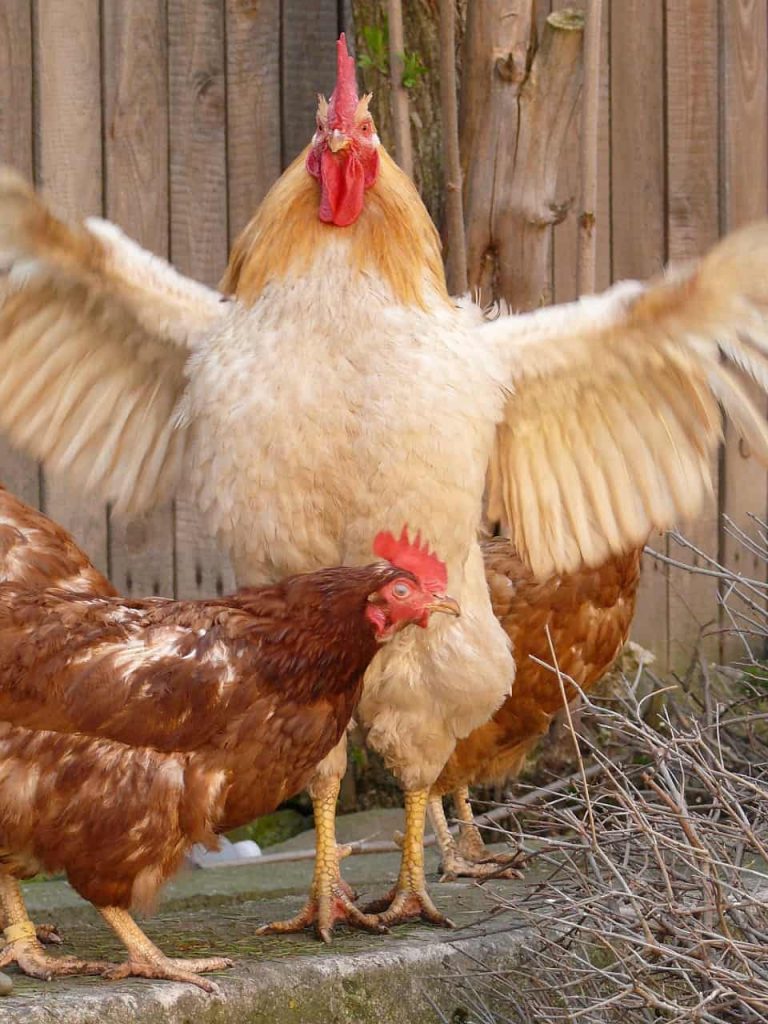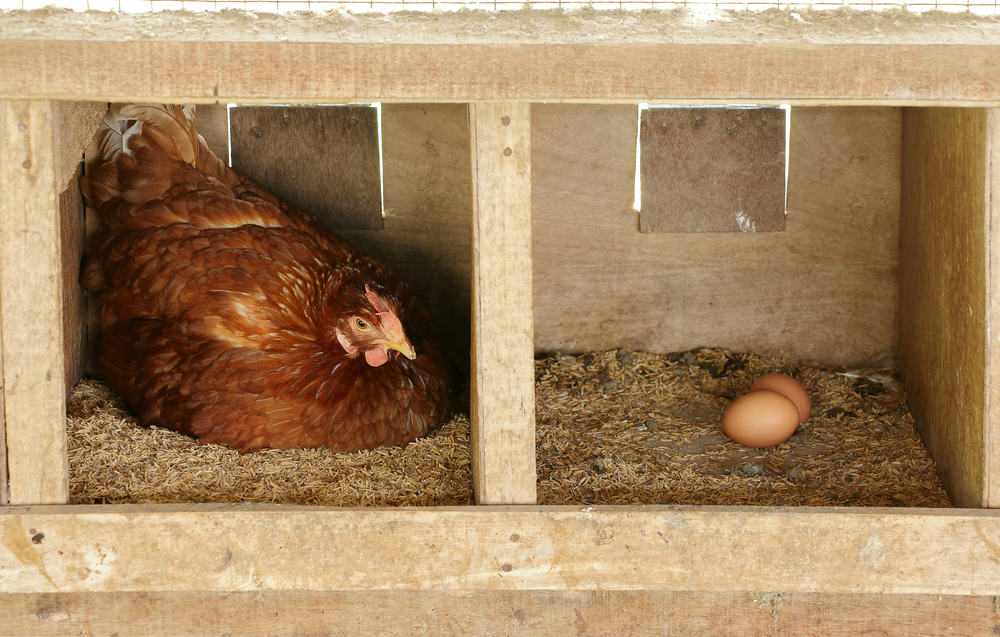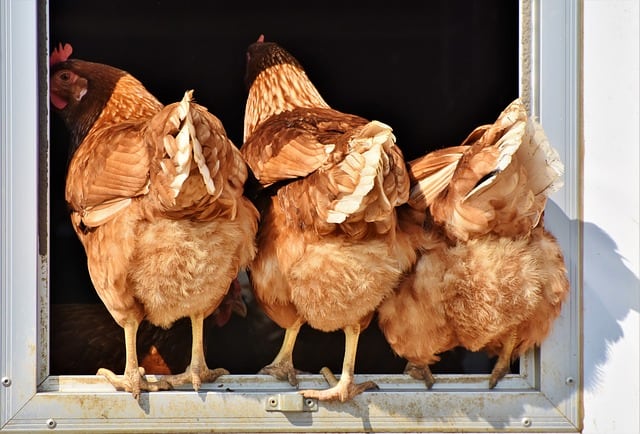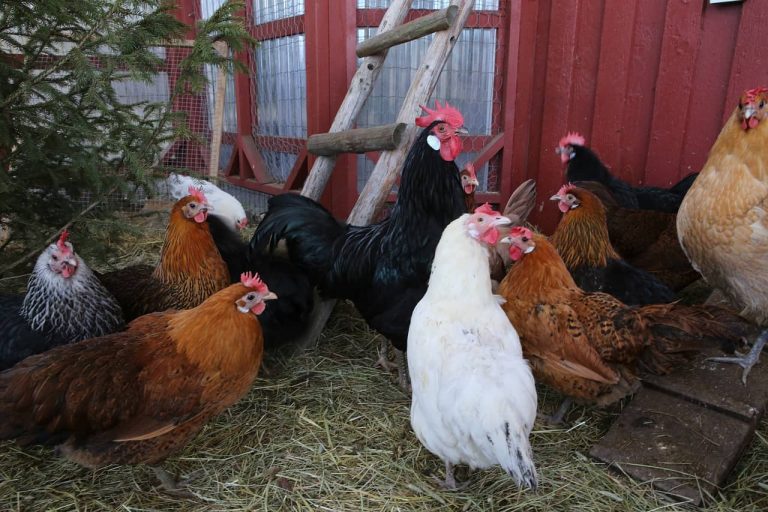Approximately six weeks have passed, and the time has finally come to move your chickens to the regular coop for adults!
Now you start wondering when they finally will start laying their eggs.
Before your eagerness takes the best of you, it is important to know the steps, the parameters, and the assistance you must provide for your hens to be productive!
Contents
Factors which influence your chicken’s productivity
Usually, it takes up to 16 to 20 weeks for your hens to bring to the world their first eggs. Nevertheless, there are some parameters which may add more time, or reduce it!
Breed
There are definitely many different chicken breeds with different habits, sizes, and production timelines. For example, Silkies, Ameraucanas, and Easter Eggers might need a long time before they start laying eggs. On the other hand, Delawares, Barred Rocks, and Rhode Island Reds start laying in about 18 weeks. If you are impatient though, Golden Comets become productive earlier than all the above.
Another factor when it comes to the different features of the breeds is the frequency of their productivity. Cochins lay 2 eggs per week, Marans three, while Orpingtons three to four! Barred Rocks, Crested Cream Legbars, and Welsummers are our top picks if you wish to have four or more eggs every week!
Environment
Hens are affected by environmental circumstances. They tend to be more productive during daylight and good weather conditions play their role. The best situation for them is 16 hours of light and 8 hours for dark.
What happens if you live someplace where these conditions are not fulfilled? Consider adding supplemental lightning in the chicken coops, which also works well. You don’t need a lot of electricity since just 25 watts for a 100 square feet coop is enough!
Also Read: Best chicken coop heater
Nutrition
All living organisms need good nutrition to survive. Imagine the importance of proper nutrition for your chickens in order to start laying their eggs. When they become adults, after six weeks or more, you must change their feed as well.
Hens need 4 grams of calcium per egg! Their feed must contain the correct amount of protein (16%) and calcium (approximately 4,5%) for them to be healthy and productive. You can always use natural supplements of calcium, like eggshells!
You must be aware of two crucial facts. Number one is to not overfeed your hens because the extra weight will affect their health and egg creation. Also, if you don’t provide them with the calcium they need, they might absorb it from their bones and this will result in a weak skeleton!
Problems alert!
When raising chickens it is normal to come across several problems which will affect their productive activity. Diseases and parasites are an obstacle in the egg-laying process. They might prove dangerous for the well-being of the hens and also they might delay their production period.
Another issue you might face is the bad psychology of your birds. Hens might start pecking at each other during the mating and egg-laying period. Make the wise choice to separate their nesting boxes to avoid collisions!
Broodiness is a feature any of your hens might develop. This means they will want to hatch the eggs and create a family of little chicks! Your broody hen will stay all day long in the nesting box to protect her eggs and will go out once a day to eat and drink water. This behavior might change in a while or after the little chicks hatch!
Signs of mating time

When the time comes for your chicken to become a mother, there will be warning signs for you to recognize! Take your time, observer the flock, and if you notice the following behavior be ready to collect eggs in the following days!
Investigation of nesting box
If the time of laying eggs has arrived, the hen will explore the nesting area. You will see her going there often, sitting inside and in general preparing it for use!
Getting close to the rooster
In order to create some eggs, hens need roosters. When the mating season has arrived for them, they will stay with them longer than usual and they will interact with them as well.
Consumption of more food
It is only normal to notice an increased appetite for your chicken when it is ready to lay eggs. The nutritional needs will be changing, as mentioned above as well as the whole body theirs!
Red Combs and Wattles
As soon as they will get close to adult life, hens will experience a change of color at their combs and wattles. They will become larger and the color will be transformed from orange to red.
Squatting behavior
If the hen is ready to mate, she will have a peculiar behavior. You will notice her sit and open her wings to her sides, signs which are showing she is waiting for the rooster to come!
A piece of advice
- Make sure to always have clean water for your chicken. You might need to change it regularly or place it higher to avoid dirty issues!
- Help your hen to understand what she must do by putting fake eggs or golf balls in the nesting boxes. This will give her the sign and will make her realize that she must not peck the eggs (sometimes they do that)!
- Create different nesting boxes with straw or pine shavings for bedding. In addition, place them remotely to assist your chicken in their privacy. Sometimes they might lay eggs inside bushes or other places you may not expect, this is why a proper nesting are is crucial!
Conclusion
Achieving the desirable egg production of your hens might be challenging but the results are worth it!
Remember that their top performance will be in around 30 weeks! Moreover, they will lay eggs for 2 – 3 years, and after that their productivity level will be reduced.
All things considered, when you keep your flock healthy and you take all measures needed, your chickens will start laying eggs and all the obstacles will be exceeded. Be patient, raise them properly, and prepare to receive a lot of eggs!





